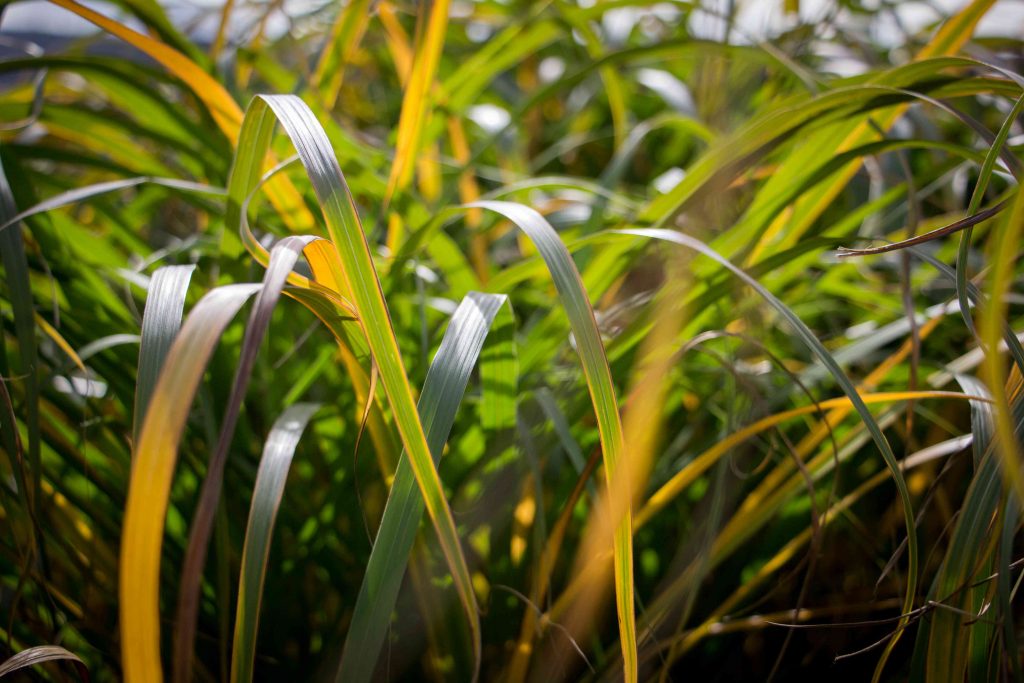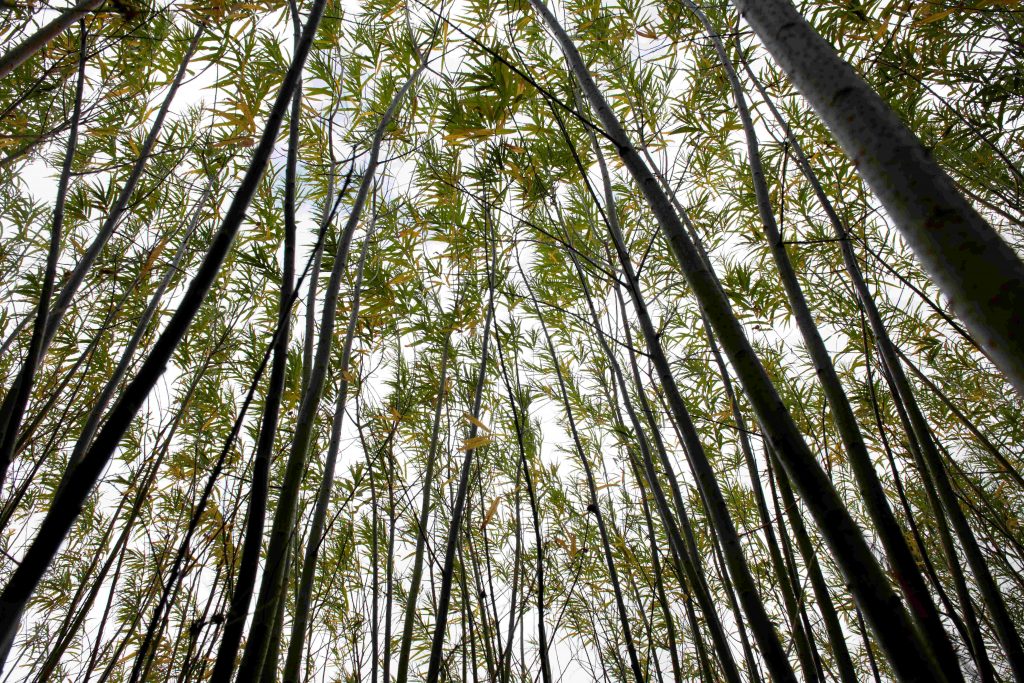Miscanthus is a fast growing perennial tropical grass that is also well adapted to temperate climates. It is an ideal energy crop for the UK, because it grows quickly and can be grown on low grade land with relatively low nutrient inputs. The current commercial variety grows 3-4 metres high each year, and is left to stand over the winter. It is harvested by cutting down to just above ground level in the spring, before new shoots emerge. The biomass is then burnt in straw-fired power stations to produce electricity, or processed into a wide variety of bio-based construction materials or chemicals. Willows can be grown in short rotation coppice systems. It is planted as sticks, and cut down after the first year of growth, after which it grows back as multiple stems. These stems are then harvested on 2-4 year cycles, before being chipped and used in power stations. Much like Miscanthus, it is grown on low grade land with low nutrient inputs. A mixture of varieties is generally planted.
Other biomass energy crops (such as poplar grown in short rotation coppice, switchgrass and reed canary grass) may also play a role, but are not yet widely grown in the UK.


